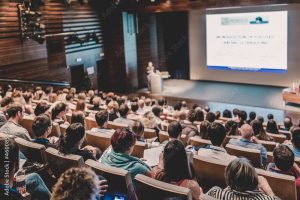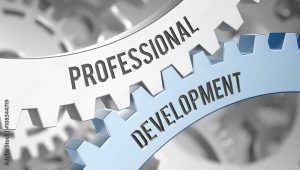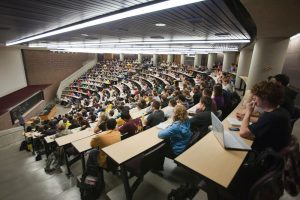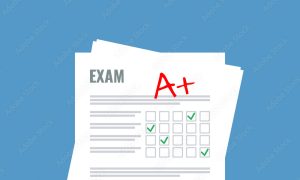Homepage
London | Thursday 20 & Friday 21 June 2024
Aspiring To Senior Leadership
Two Day Conference
CPD Courses
In-School Bespoke Courses, Training Events & Student Sessions
National
Conferences
Courses for Leaders
Welcome to
Keynote Educational
Here at Keynote Educational we are dedicated to excellence and inspiring both teachers and students. As a leading national provider, we offer a range of services, including CPD Courses, National Conferences, In-School Events, Exam Marking, Student Revision Webinars and Conferences. With an innovative and rich history spanning over 25 years, our commitment remains strong in empowering teachers and supporting students in maximizing their potential.
Our Clients Include
Our Services
Our Conferences
Course code: 9612
Aspiring To Senior Leadership – Two Day Conference
In-School Services
How we help
At Keynote Educational, we understand the importance of high quality professional development for teachers. That’s why, for more than 20 years, we’ve offered a range of CPD events, to support teachers and leaders in their professional learning and development through events, courses and training sessions. Our professional development events include large-scale conferences on key, current priorities affecting the secondary education sector, led by nationally known experts in their field as well as current expert practitioners.
Our range of subject courses, events and sessions cover a wider range of subjects, including History, Languages, Chemistry, PE, Drama, Dance, Music, English & Maths.
These events are designed to help teachers and leaders stay up-to-date with the latest teaching methods and best practices. Our expert course leaders provide active guidance and advice that can not only be applied in the classroom immediately but also develops real excellence in professional learning and advancement.
We offer both face-to-face and Online courses, over 350 scheduled venue based courses per year, and In-School sessions which can be tailored and customised to suit the priorities of the school/academy key focus areas and/or student groups to raise attainment across cohorts. Over recent years our teams have collaborated with over 4000 secondary schools/academies, offering bespoke, tailored full and half day sessions. These range from providing CPD to whole school/MATs staff CPD cohorts, to small departmental teacher groups, and from small student groups through to full GCSE English & Maths Sets to raise attainment levels and drive forward levels of excellence.
New For 2024
London | Thursday 20 & Friday 21 June 2024
Course code: 9612
Contact Us
"*" indicates required fields
Really inspiring! Excellent conference. So exciting to see someone speak so enthusiastically about leadership. Very informative and thought provoking.
Wirral Grammar School for Girls
Excellent information shared and discussed, very thought provoking. This AI conference will enable me to go back to school to start
plan policy/staff training for AI.
Bethlem and Maudsley Hospital School
Very thought provoking. Generated lots of whole-school `culture` ideas. Really good specific strategies for coaching.
Halliford School
Very useful conference, especially for recommending AI tools and their differences and uses. Looking forward to educating students about using AI to aid their learning, I will also be looking to use it for creating revision resources.
Sir William Borlase's Grammar School
Inspiring and very engaging, great content which is very relevant. Looking forward to implement our shared vision and mission statement in our next department meeting.
Budmouth Academy
Eye opening! Informative conference beyond what to look out for. Well organised, professional and relaxed. The content was delivered sensitively but without missing some real hard truths. .
Cotham School
Outstanding! Plenty of top tips and advice which was deliverable in my setting. Great range of speakers and workshops, I could have gone to all of them!
Aldenham School
This is my second Keynote Conference and once again, it was incredibly insightful, informative and useful. Excellent conference, so much practical advice to help me develop and enhance safeguarding at my school.
St Mark's School
Loved it! So much enthusiasm and great ideas. The course will help me to plan my year 12 and 13 next year and I will share with my department.
Kirkbie Kendal School
Previous
Next

















